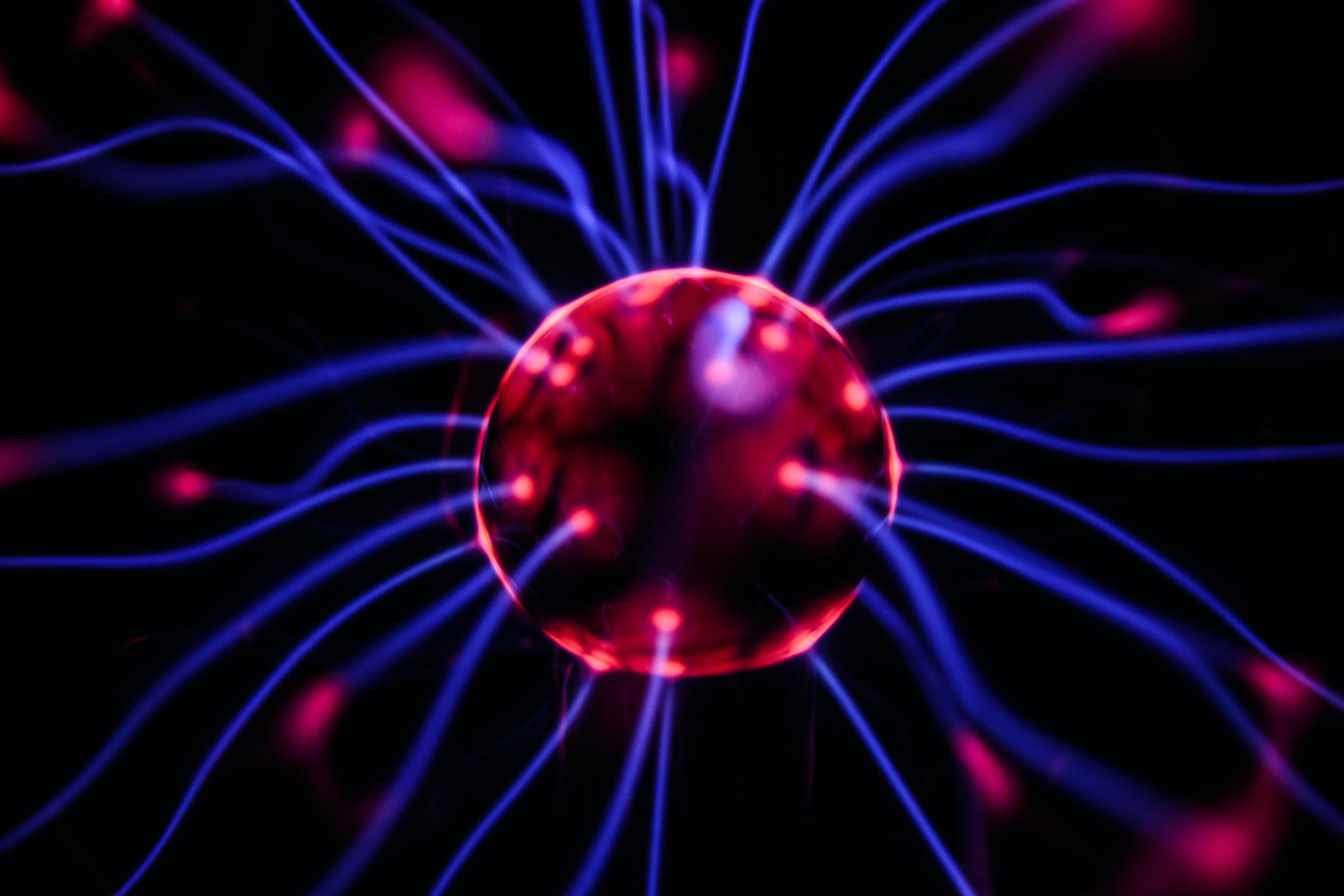Electroencephalography

Polysomnography
Electroencephalography (EEG) is a technique that reads bio-electric activity from the brain using sensor placed on the scalp. This bio-electric activity is the result of more or less synchronous firing of millions of cortical neurons underpinning normal brain function. Neural oscillations show cyclical voltage changes in local field potentials from areas of brain tissue and, through volume conduction, are translated into the amplitude of the EEG signal that we observe. We use electroencephalography to record brain activity of individuals during different tasks of interest.
![]()
Posturography
Considered to be the gold standard for monitoring sleep through the measurement of multiple physiological signals such as: electrical signals from the brain (EEG), heart (ECG), muscle (electromyography EMG) as well as oxygen levels in the blood and parameters in breathing.

Genotyping
This technique is used to assess the ability of an individual to preserve their balance as proprioceptive and/or visual information is reduced or distorted. It can also be used to investigate how the visual, vestibular and proprioceptive systems impact an individual’s balance.

Cognitive assessments
During the screening session, our participants are asked to provide us with two cheek swabs. This involves a painless procedure while the participant is asked to gently rub the inside of the cheek using a swab with a soft cotton end. This in turn allows us to extract genetic material (DNA) from the cells which get attached to the tip of the swab and determine the genotype using a technique called quantitative Polymerase Chain Reaction (qPCR). We are particularly interested in the APOE-ε4 genotype which is the strongest known genetic risk factor for Alzheimer’s Disease (AD).

We use a wide-range of cognitive assessments to obtain a detailed profile of our participants brain functions. In addition to commonly used neuropsychological tasks evaluating attention, speed of information processing, memory as well as visuo-spatial abilities, we have also implemented some novel computerised tasks, to measure spatial navigation performance (e.g. Sea Hero Quest).

)